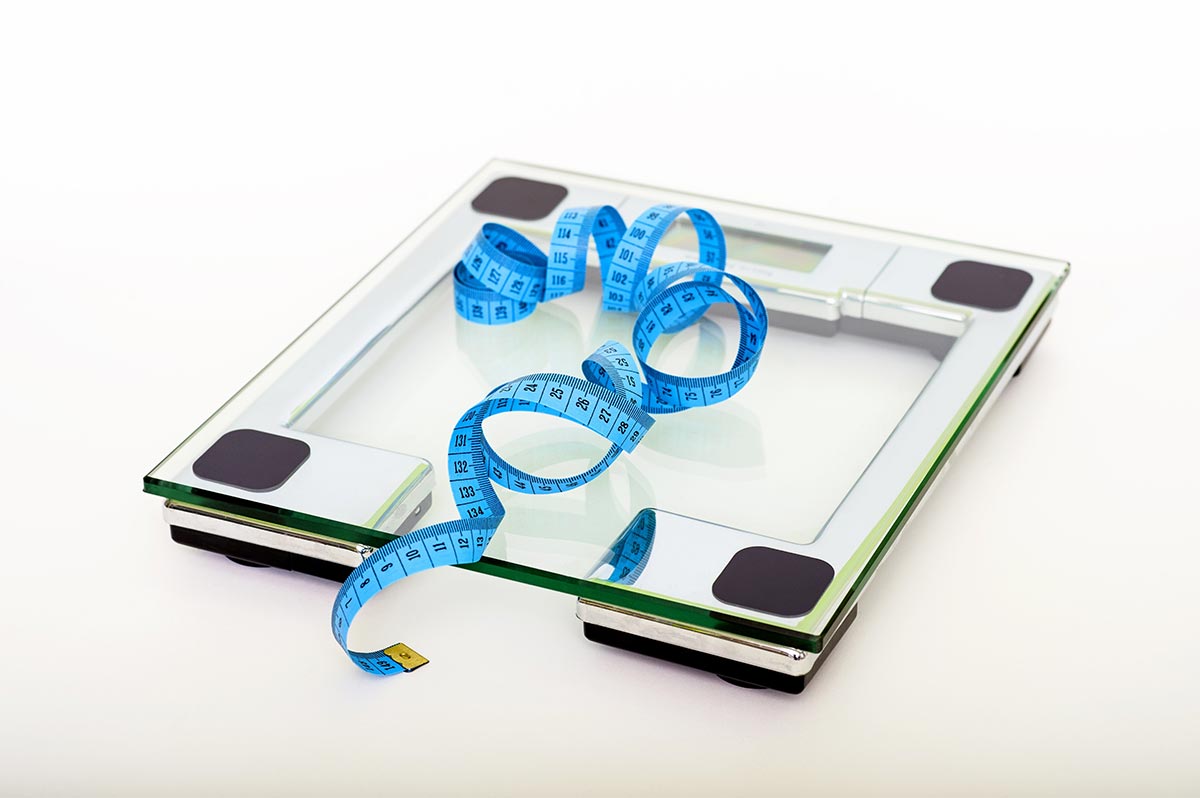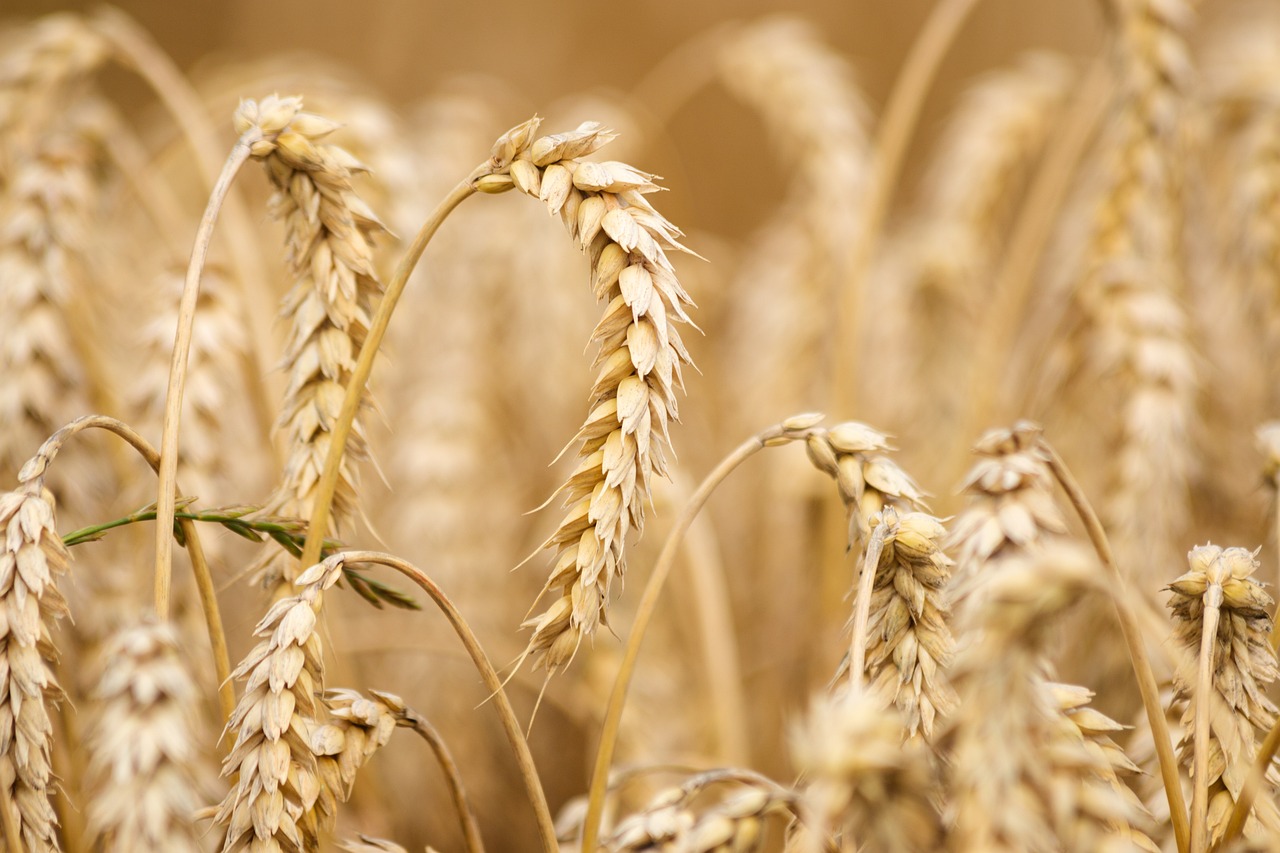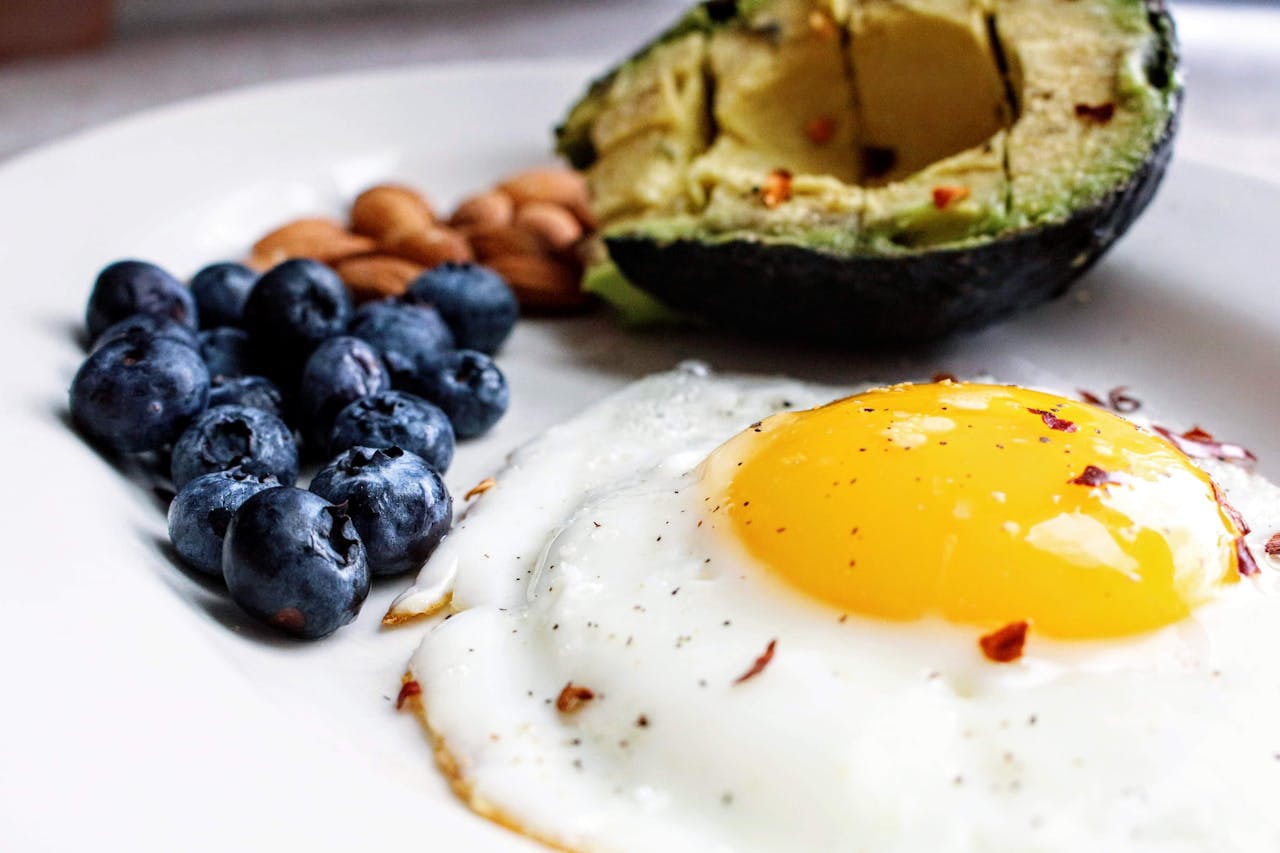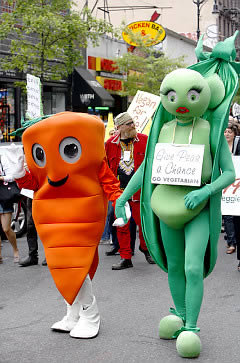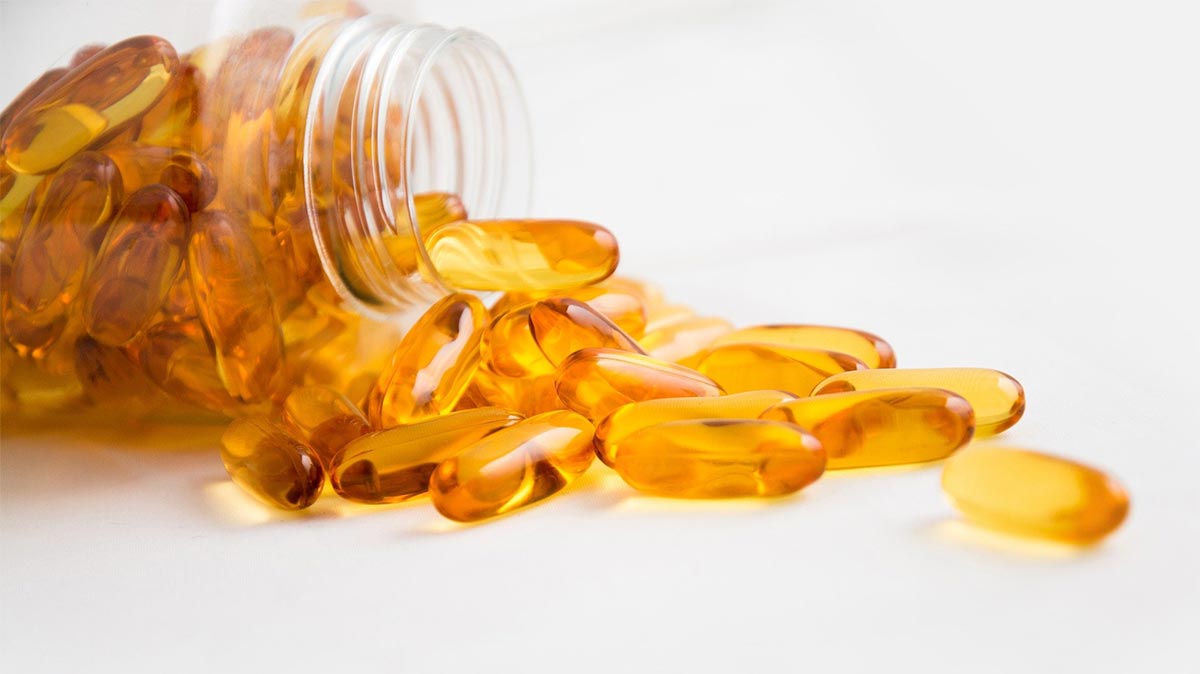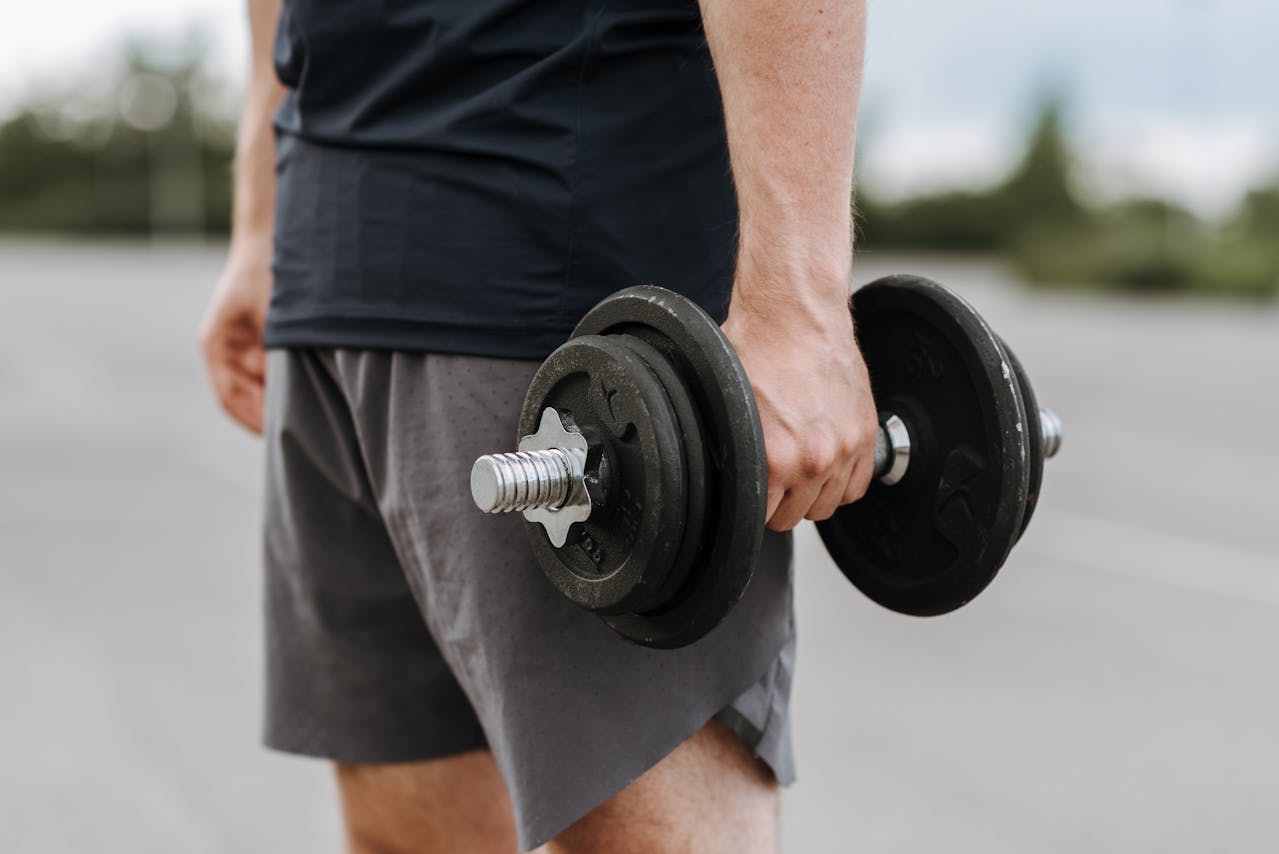The Illusion of Fitness: Early Mornings, Deadlifts, and the Venice Beach Delusion
Millions of Americans think flaunting their fitness is a personality trait. Especially if it starts at 5:00 a.m. – like Tim Cook from Apple, who brags about beginning his day before most of us have even blinked. Then there are the Venice Beach regulars, sweating it out just after sunrise, as if they're prepping for their big moment at the Oscars, not realizing that the role they’re rehearsing for is actually "Death Becomes Her." Because that's exactly what happens when your obsession with the gym outweighs your understanding of cellular health.
Yes, they’re lean. Until they’re not. Because by 50, that overtrained body with no nutritional foundation tends to look less like the drop-dead gorgeous Brad Pitt in "Meet Joe Black" and more like Meryl Streep and Goldie Hawn in that film "Death Becomes Her"– gaunt faces, gray skin, ballooned lips trying desperately to scream "youth," and décolletés that look like they’ve survived a heat press. Muscle is not anti-aging when the mitochondria are screaming for help and the diet is sponsored by protein bars and oat milk lattes.
Can You Outrun a Bad Diet? Dr. Rakowski Has the Answer
“So the question is, can you exercise your way out of a bad diet? And the answer is, no, you can't. Here's why. There are eight subcellular pathologies that drive metabolic disease and aging. And here are the eight: glycation, oxidative stress, mitochondrial dysfunction, insulin resistance, membrane instability, inflammation, methylation, and finally something called autophagy. Those eight processes are all made worse by ultraprocessed food. Exercise will fix four of the eight: mitochondrial dysfunction – that’s good, insulin resistance – that’s good, inflammation – that’s good, and autophagy – that’s also good. But it won’t fix the other four. In fact, it actually makes oxidative stress worse. Even though exercise is good – and I’m for it – you actually cannot outrun a bad diet. Healthy diet first, exercise second, sleep third – and then you’ve got the whole thing.”
Summary Table: What Exercise Fixes—and What It Doesn't
| Process | Description | Improved by Exercise? |
|---|---|---|
| Mitochondrial Dysfunction | Low cellular energy; improved by exercise | Yes |
| Insulin Resistance | Cells ignore insulin; exercise helps restore response | Yes |
| Inflammation | Chronic inflammation damages organs; modulated by exercise | Yes |
| Autophagy | Cellular cleanup & recycling; stimulated by rest & movement | Yes |
| Glycation | Sugar binds to proteins/fats forming AGEs; accelerates aging | No |
| Oxidative Stress | Free radicals damage DNA, worsened by intense exercise | No – worsened |
| Membrane Instability | Poor fats disrupt cell membranes; not fixable by training | No |
| Methylation | Essential for DNA repair & detox; nutrition-dependent | No |
The Eight Cellular Drivers – And Why You Can’t Bench-Press Them Away:
1. Glycation – When Sugar and Proteins Form a Toxic Alliance
Glycation isn’t a buzzword, it’s a biochemical accident. Sugar molecules randomly bind to proteins or fats, forming so-called AGEs – Advanced Glycation Endproducts. Sounds harmless, but it’s a serious issue: these AGEs damage blood vessels, make tissues brittle, promote arteriosclerosis, and accelerate aging of both your connective tissue and your brain. Do all the squats you want – if your breakfast is sugary cornflakes, you’re clogging your system before 9 a.m.
2. Oxidative Stress – The Molecular Water Pipe Burst in Your Cell
Free radicals – aggressive, incomplete molecules – are produced during metabolism. They steal electrons, damaging DNA, enzymes, and membranes. The body has antioxidant defense systems, but they’re limited. Intense workouts generate even more free radicals. Add a burger on your way home and poor sleep, and your cellular engine is on fire. You don’t need more workouts – you need more antioxidant capacity: berries, broccoli, curcumin. Not protein bars with artificial coloring.
3. Mitochondrial Dysfunction – When Your Powerhouse Turns into a Garden Shed
Mitochondria are your cells’ energy plants – they produce ATP, the fuel of life. Dysfunctional mitochondria are like diesel engines with broken filters: weak, inefficient, dirty. Exercise can revive them – but only if fed with proper substrates: omega-3s, coenzyme Q10, L-carnitine, antioxidants. Believing toast, diet cola, and glute classes will recharge you shows you’ve misunderstood biochemistry.
4. Insulin Resistance – When Your Cells Go Deaf
Insulin acts as a key, allowing glucose into cells. Chronically elevated insulin – due to frequent meals, snacks, sodas – desensitizes the cells. Sugar stays in the blood, the pancreas keeps pumping insulin until it eventually gives up. That’s insulin resistance! Exercise can counteract it temporarily by increasing glucose uptake independently of insulin. But without dietary change, it’s like a band-aid on a bone fracture. Insulin resistance is a dietary trauma – not a lack of exercise.
5. Membrane Stability – Your Cell Doesn’t Need a Wall but a Smart Gate
Cell membranes are made of phospholipids – that’s fat. High-quality fats keep them flexible, permeable, and functional. Bad fats (from margarine, fry oil, processed meat) make them stiff or leaky. This affects hormone receptors, neurotransmitters, signal transmission – everything. You could run ten kilometers – but if your membranes are built from poor fats, your biochemistry is a stuttering radio signal. More salmon, fewer fries.
6. Chronic Inflammation – The Silent Blaze in Your System
Inflammation isn’t inherently bad – it’s an immune response. But when it becomes chronic – through belly fat, sugar, toxins, microplastics, stress – it attacks organs. Joints, gut, arteries – all at risk. Exercise helps by releasing anti-inflammatory myokines. But only if it’s not adding stress – and if your immune system isn’t constantly sabotaged by food. Detox doesn’t start with celery juice – it starts with checking yogurt ingredient labels.
7. Methylation – Your Cellular Repair Protocol
Methylation is a biochemical process transferring molecular groups – vital for DNA repair, hormone regulation, detox, nerve function. It requires micronutrients like B6, B12, folate, and choline. You won’t find those in pizza – but in leafy greens, eggs, and organ meats. If methylation stalls, regeneration fails, you become irritable, tired, and fragile. Train like Rocky – your body still won’t repair itself without nutrients.
8. Autophagy – When Your Body Takes Out the Trash
Autophagy means “self-digestion” – in the best sense. Old, defective cellular parts are broken down and recycled. This internal cleanup thrives in fasting states – or deep sleep. Exercise activates it too – but only with enough rest. If you snack between every meal and binge Netflix instead of sleeping, your cells drown in garbage. No detox tea on earth can replace autophagy.
You Can’t Biohack Your Way Out of a Trash Diet
You want energy? Clear skin? A sharp mind? Biohacking? Great. Start with food. Then movement. Then sleep. In that order. Not because it sounds wholesome – but because it’s how your cells work. You can’t deadlift your way out of mitochondrial ruin. You can’t Peloton your way past glycation. And no, the gym mirror won’t reflect your liver enzymes. So the next time someone flexes their 4:45 a.m. workout selfie, ask them one thing: And: “What did your mitochondria have for breakfast?”
You can stack supplements like Lego bricks, turn your gym into a shrine of sweat, and time every macro to the gram –but if you ignore your cells’ basic processes, it’s just makeup on molecular rubble.
Real health isn’t built on the bench press but in the quiet work of your mitochondria, membranes, and molecular repair crews. The body isn’t a muscle showroom – it’s a biochemical masterpiece in need of care. True change doesn’t come from training harder, but from living smarter. Or as Dr. Rakowski puts it: “Nutrition first. Exercise second. Sleep is the foundation.” Disrespect that order, and you’ll be fighting cellular fires with protein shakes – wondering why it still keeps burning.


